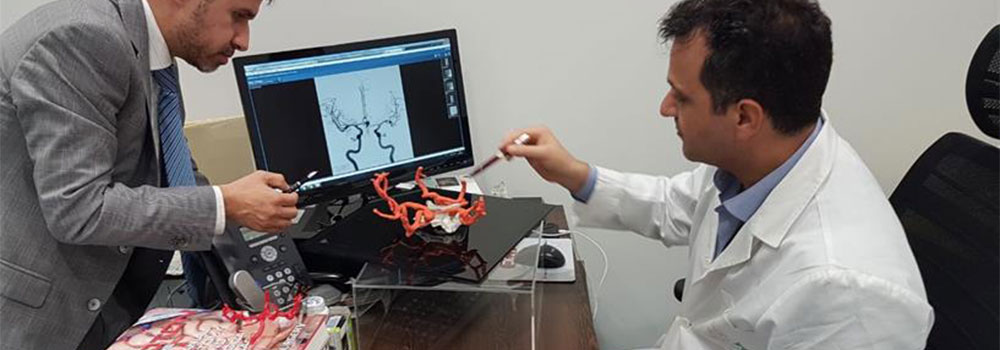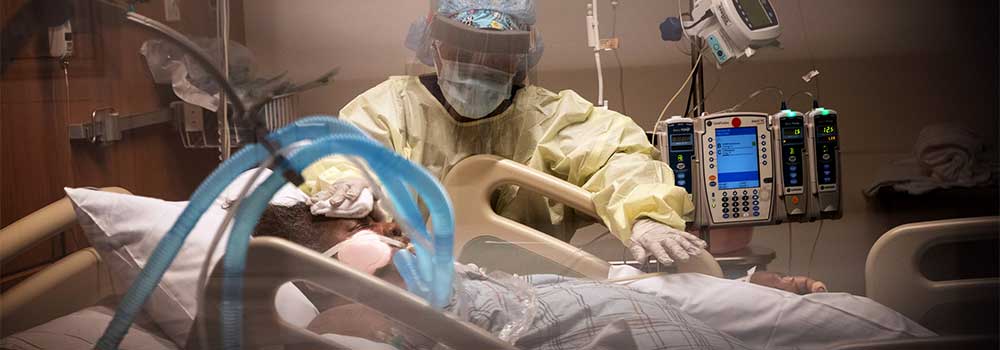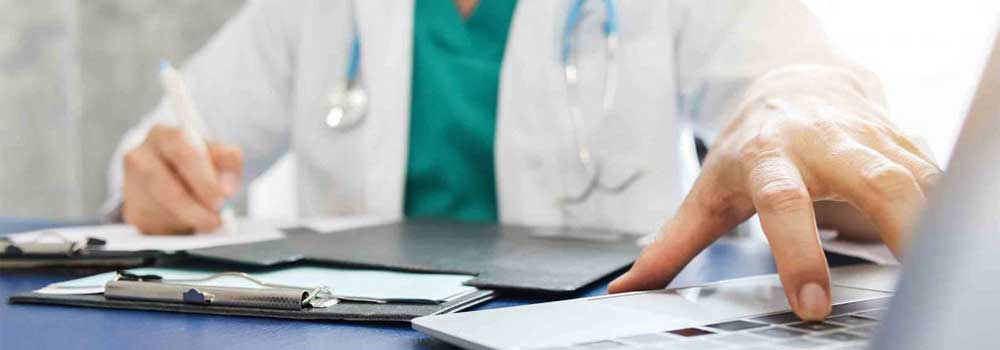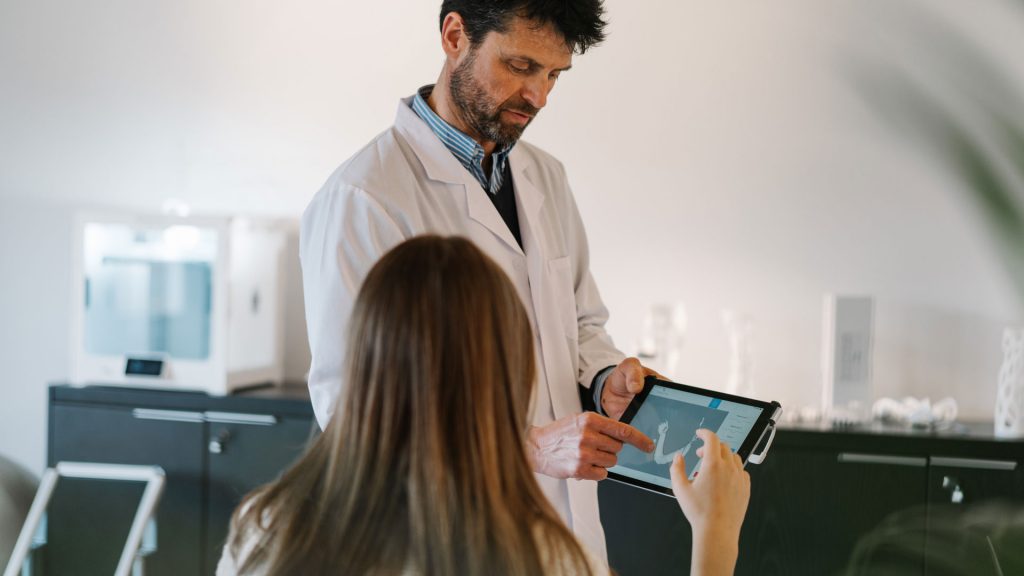Remote Patient Monitoring is a part of healthcare equipment monitoring where patient-generated data are remotely collected through wearable devices or online portals. These are then stored and later analyzed by qualified healthcare professionals. The monitoring equipment also sends feedback to the patients. The patient and provider can benefit from RPM through improved health reports, improved efficiency, and reduced costs. Let’s take a look at some benefits.
Improved Health Condition Management

Almost 90% of healthcare costs in the US comes from treating chronic conditions. However, many of them are preventable or can be managed. RPM can improve the management of chronic diseases with their data source and analyze patient-generated information, such as blood pressure and glucose. Knowing the patient information values and managing them could help patients to have good health and life.
Increased Patient Care

A patient’s health not only depends on the treatment and medication but also on what he or she does to ensure good health. The choices a patient makes can surely create an impact on their illness and health. Taking medications, measuring blood sugar and BP, controlling their weight, etc. are activities a patient can choose to reduce the health risks. With RPM, providers can receive more information about their patients’ well-being. Thus they can give feedback or remark on the patient’s behavior.
Reducing The Burden On Healthcare Systems
The remote setup of RPM has one crucial benefit: any patient can get care without going into the office. Since the data are collected remotely, a qualified provider can quickly analyze and respond to the sources digitally via email or text. The remote setup proved beneficial during the pandemic where people weren’t allowed to go outside but still needed the health facilities. The regular contact with the providers and the doctors via digital means helped many patients to get healthier. This approach helped many of them from staying away from hospitals and ERs unless it was an emergency.
Improved Patient Outcomes
RPM can catch out of range values, which can be quite dangerous. Noticing trends and patterns that can indicate a need to change the care schedule and offering advice to patients on how to make healthy choices and habits can often be brushed off with negligence. But such benefits can increase when combined with health-promoting support such as coaching on sleep or stress management. RPM thus came a long way in terms of improving a patient’s health.
Easy to Work with Patients and Doctors

Sometimes the doctors can’t get past their busy schedules, and sometimes the patients don’t have time to go to the clinic. This can result in a delay in health checks. But with RPM, a delay is not a problem anymore. Doctors can work on RPM when they have time and are not scheduled to be with patients. This has helped patients overcome the majority of their health concerns and satisfied with their health improvement. Doctors also can now manage time for their patients effectively.
Conclusion
With the stored data of patients, a doctor can easily access the root cause and can even advise the patients with them moving anywhere. You can try a free IT monitoring trial for healthcare to know everything practically. RPM has a lot of potential in the near future and can only bring benefits to users, patients, and doctors.


